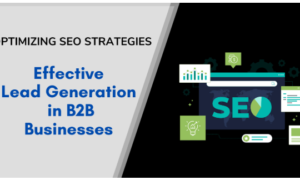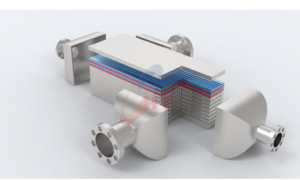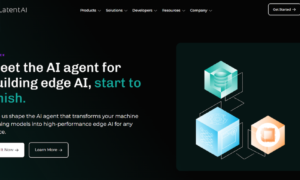Use of sensors for various purposes in industries and our day-to-day life has been immense. However, with the development of technology, the sensors also required an update to increase their efficiency. Developers with the help of IoT solutions created next-generation sensors that are loaded with efficient features that can solve the modern-day challenges.
According to TDengine, the IoT-embedded sensors are more effective, and smarter and can communicate with remote computers and other sensors as well. The IoT solutions have made sure that the industries can utilize sensors intelligently and monetize the data collected by these sensors efficiently. Stats suggest that the global IoT sensor market will rise to 56 billion dollars by 2022.
Industries taking big strides in material technology are ensuring that the sensors used are low on cost, small sized, have low power requirement and higher accuracy. As the majority of the industrial IoT applications are at a distance from the control centre, the sensors need to have low power footprints.
There are many types of next-generation IoT enabled sensors being used as industrial automation solutions. Some of them are listed below:
1) Smoke Sensors
Smoke sensors have been in use for a very long time. However, with the integration of IoT solutions, these sensors now are much more effective and can be easily used. The sensors are used in construction monitoring, HVAC, and industrial units where the chances of leakages and fire are high. They catch even the slightest of gas leaks and minor occurrences of fire and avoid major disaster by informing the concerned team about it.
2) Proximity Sensors
These sensors sense the distance of objects near to itself. They are mostly used in automobiles to alert the driver about the distance from objects eliminating the chance of collisions. IoT solutions in proximity sensors find their application in the retail industry by informing customers about the discount on stores when they pass by it.
3) Infrared Sensors
Infrared sensor enabled with IoT solutions are used for various military applications; for instance to detect human presence from a distance. The sensors also used in other industries like; healthcare, chemical and electronics, as they can detect infrared radiations and heat radiations.
4) Temperature Sensors
Temperature sensors are most widely used sensors amongst all industry segments. They find their use-cases in biotechnology, pharmaceuticals, FMCG and other industries where monitoring of temperature is a crucial requirement.
5) Optical Sensors
Many of us think that optical sensors are used for sensing lights. However, sensors enabled with IoT solutions allow monitoring various electromagnetic radiations – be it measuring magnetic or electric field. These sensors find their applications in construction, safety systems, elevators, telecom industry and many others.
6) Image Sensors
Image sensing has revolutionized the use of IoT in sensors in industries like healthcare and transportation. In hospital, they can also help in reading a variation of blood pressure in patients so that doctors have a greater chance of preventing cardiovascular diseases in them. In the transport sector, these sensors can help in preventing collisions of trains by alerting the driver about any train approaching on the similar track. Invisage and Omron are the two pioneers who excel at implementing IoT solutions in image sensors.
7) Piezo Sensors
Piezo sensors are used to measure the pressure of different pressure-critical types of equipment. The integration of IoT in these sensors enables in sending data of uneven pressure changes to concerned people in real-time. Using these sensors in monitoring pressure changes in equipment like boilers, aerospace, water systems and oil drilling systems can reduce the chances of accidents to a minimum.
The use of IoT solutions to enhance the power and working capabilities of sensors has a great potential for decreasing risks in industries. Executives must look forward to using the IoT enabled sensors in their day-to-day production activities so that they can reduce their downtime causes. The sensors can also help in predicting the threat to human lives during the industrial processes, preventing accidents.



































